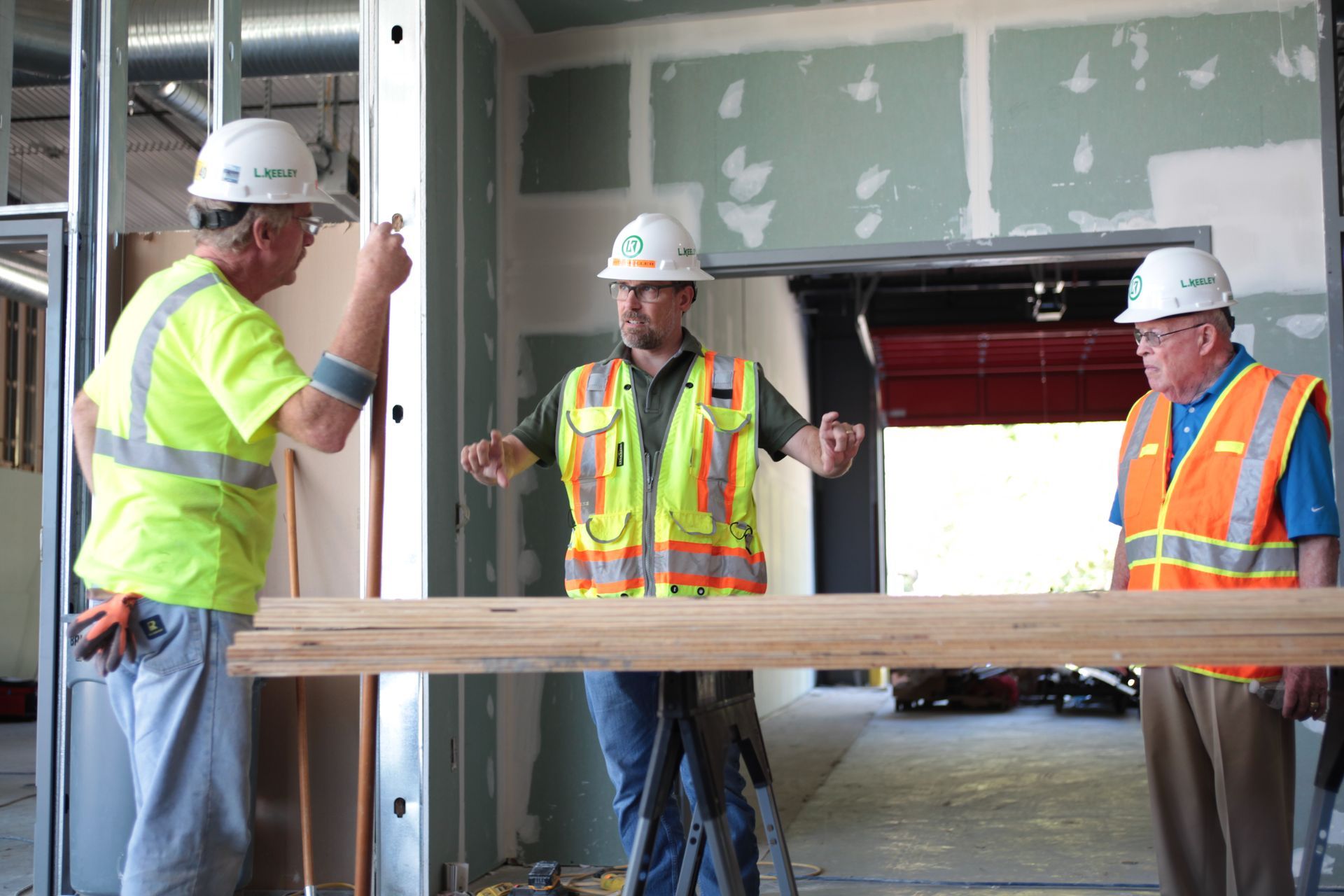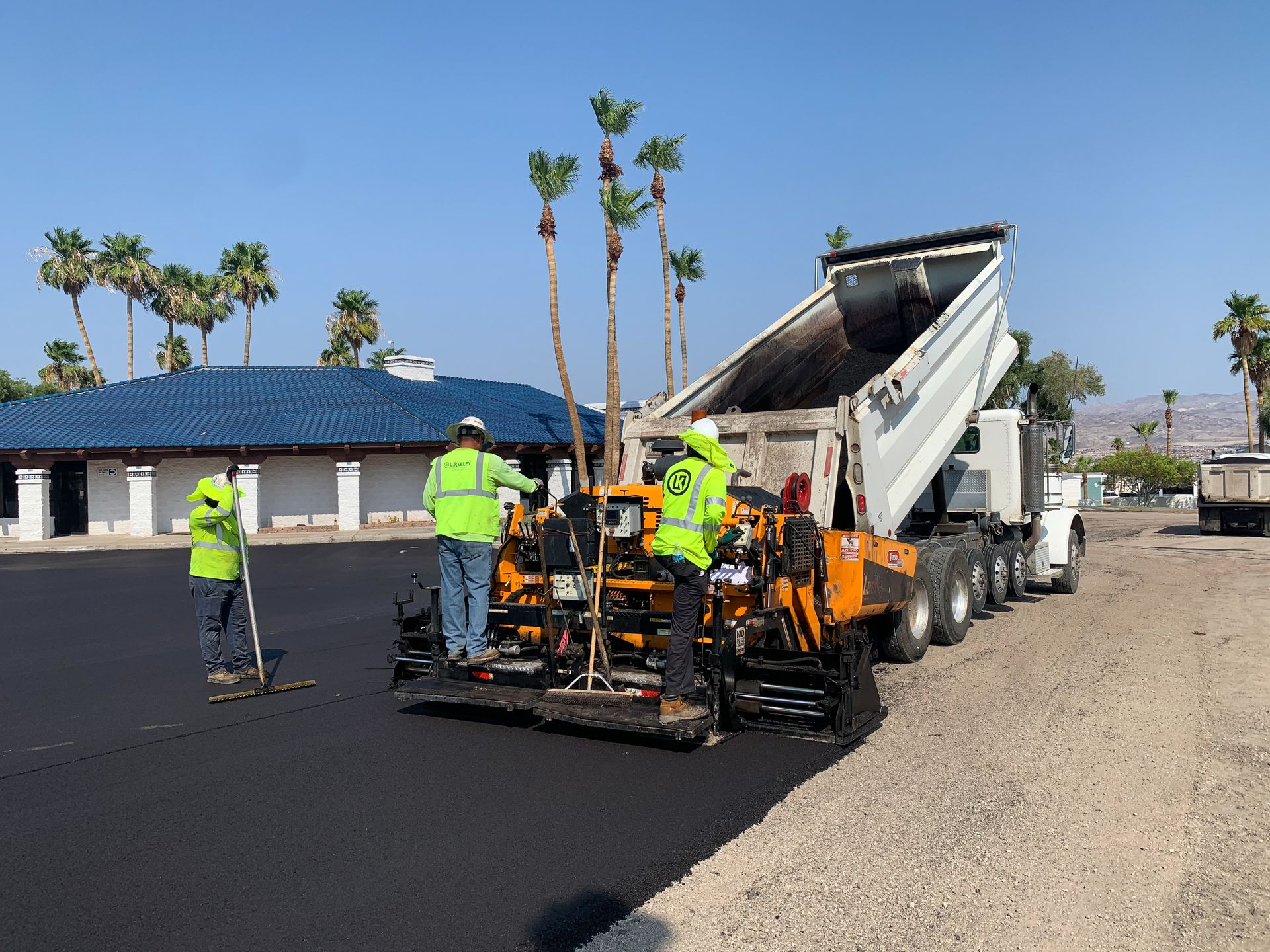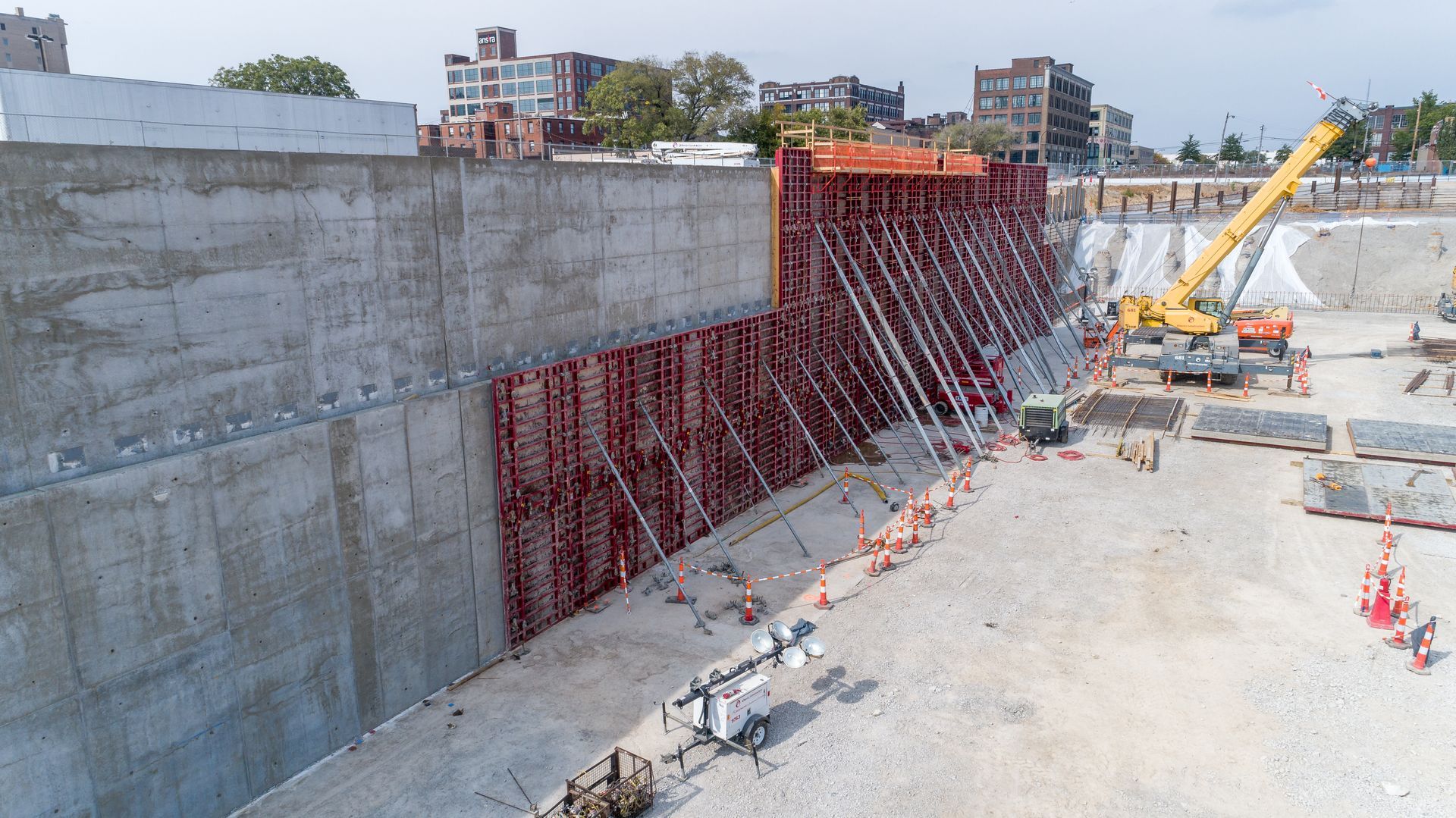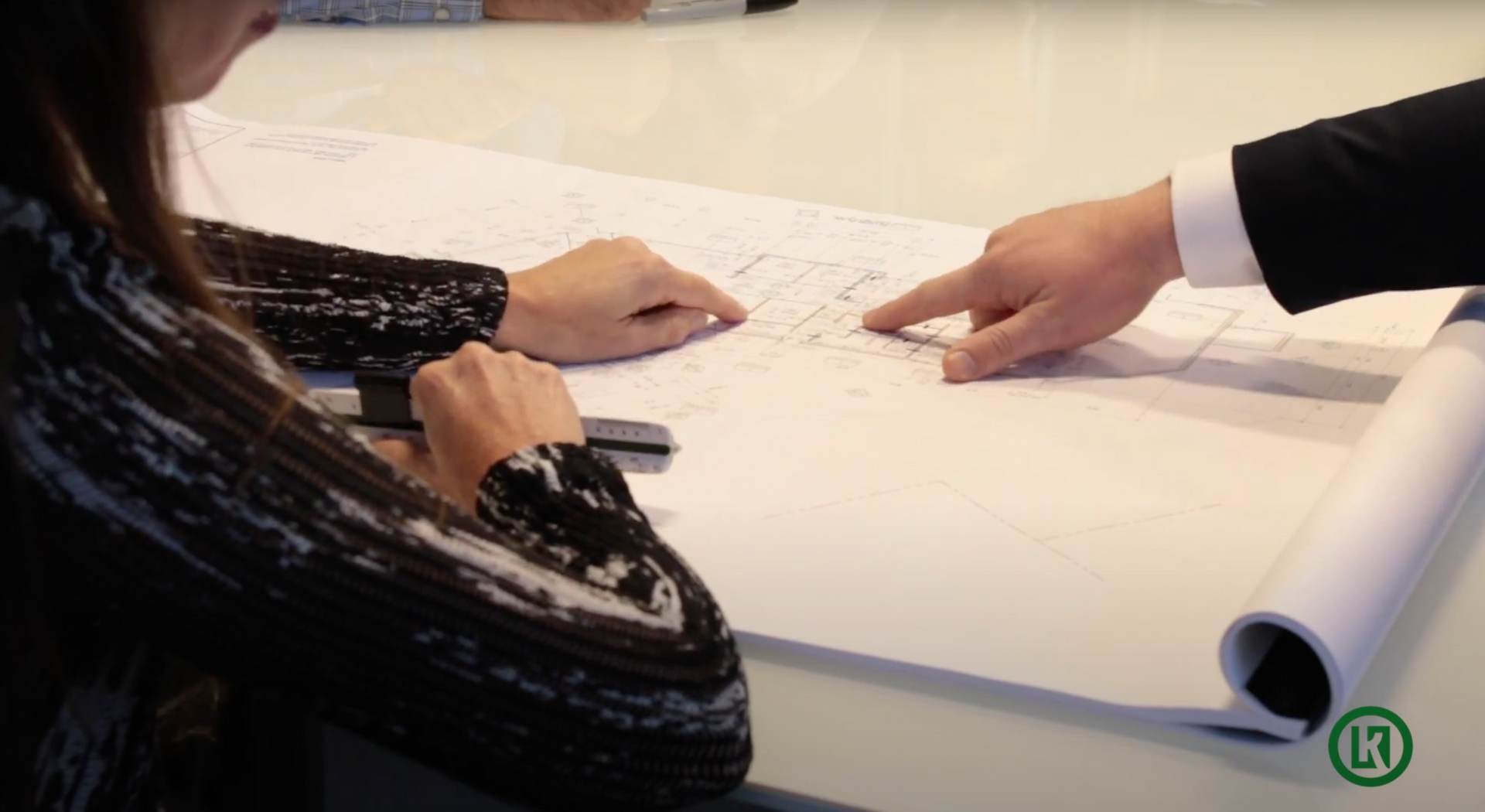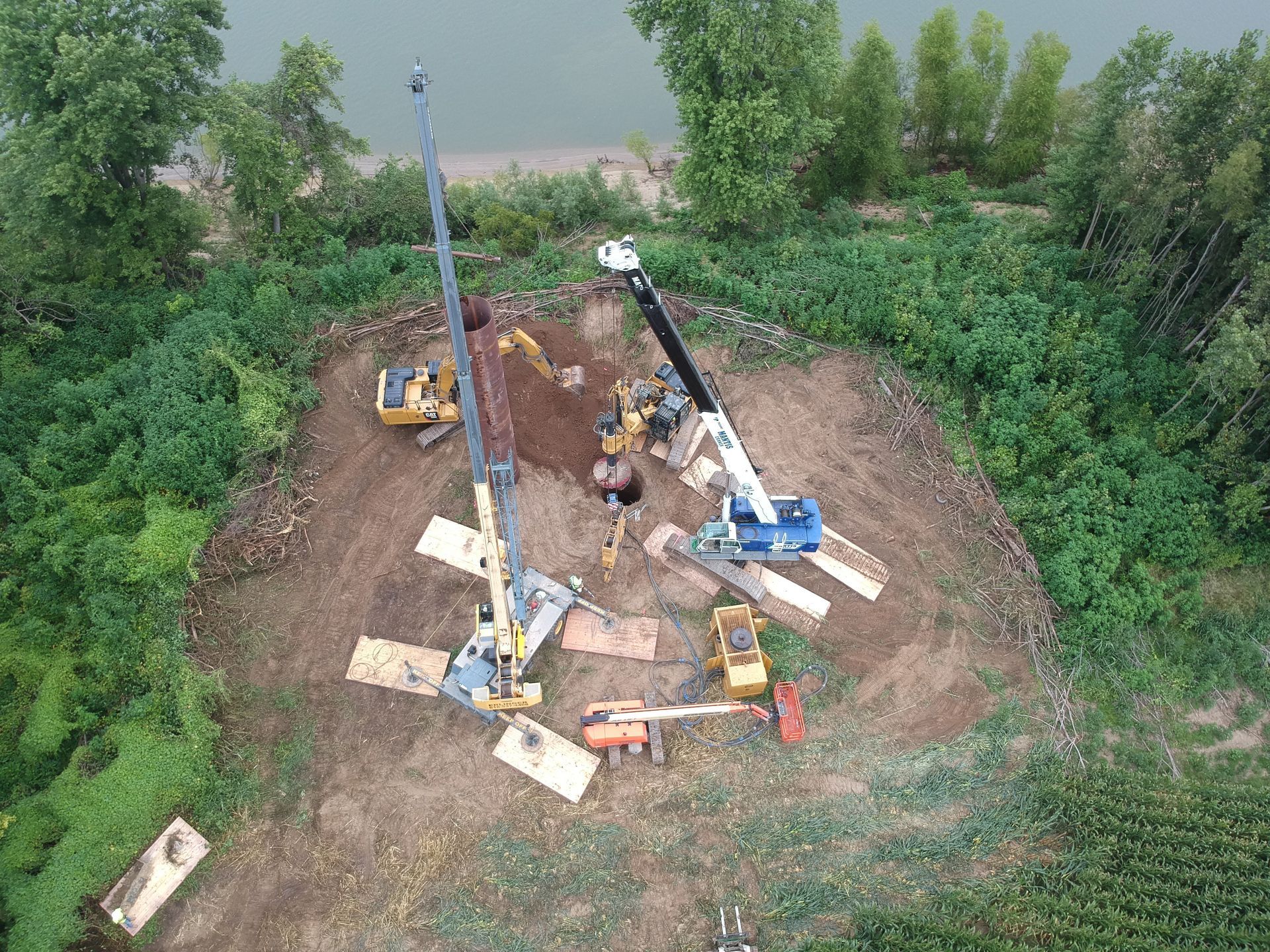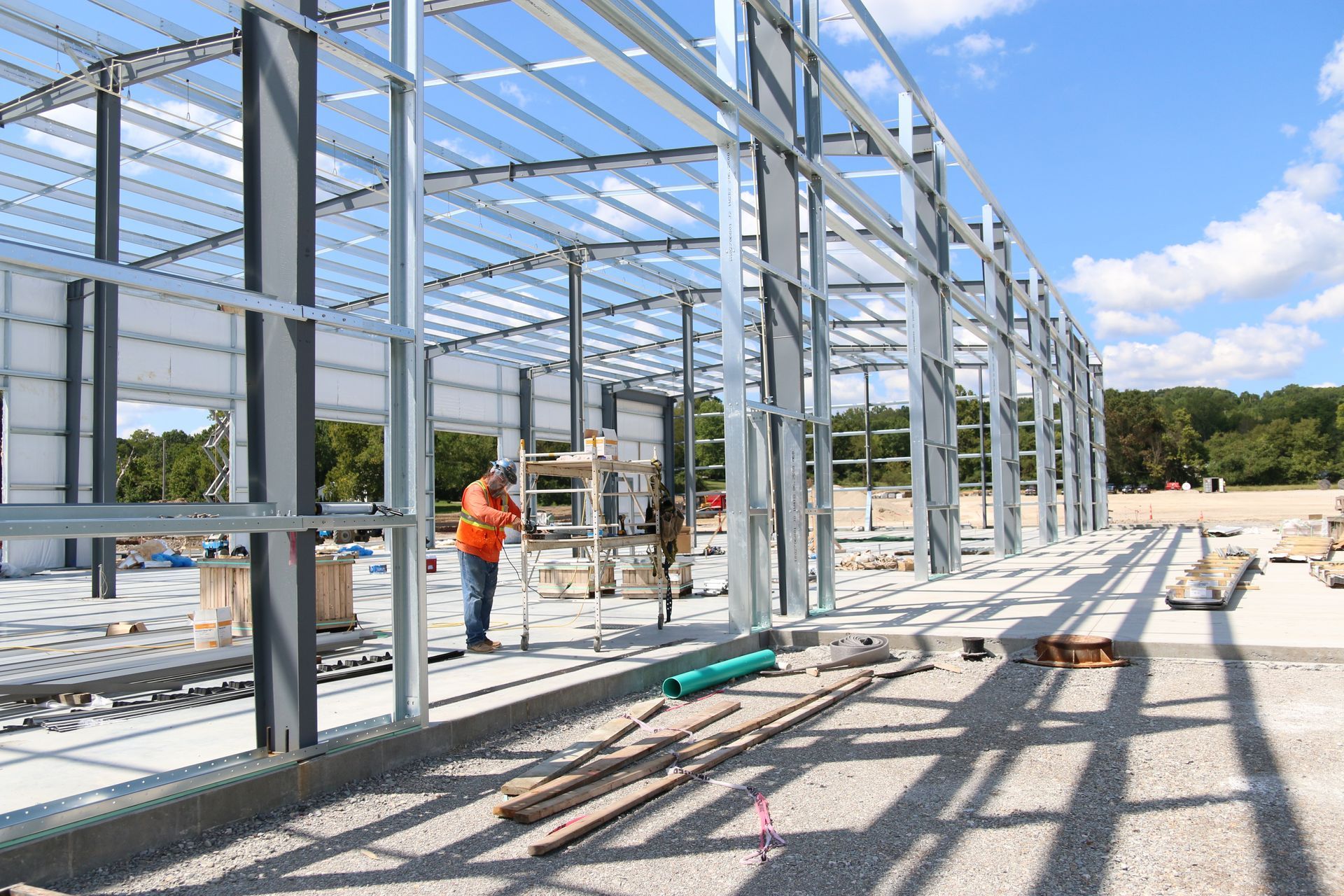What is Heavy Civil Construction
What Is Heavy Civil Construction?
Heavy civil construction encompasses the large-scale infrastructure that keeps communities and commerce moving—highways, bridges, rail systems, airports, water and wastewater networks, dams and levees, and energy and industrial site work. At Keeley Construction, we build and rehabilitate these essential assets with an unwavering commitment to safety, schedule certainty, and long-term performance. This guide clarifies what heavy civil construction is, the disciplines it involves, and how it fits within the broader construction industry. You’ll find typical project examples and a clear comparison to other sectors, helping public owners, private developers, and utility partners plan smarter, budget accurately, and choose the right delivery approach for upcoming infrastructure initiatives. For those asking “what is heavy civil construction?” or simply “what is heavy civil,” this page provides clear answers grounded in real project experience.
What Does Heavy Civil Construction Involve?
Heavy civil construction covers the planning, design, and delivery of large-scale public and private infrastructure. It includes constructing and rehabilitating highways and roadways, bridges and tunnels, rail and transit corridors, airports and runways, dams and levees, stormwater systems, and water and wastewater facilities. Work scopes often feature complex earthworks, structural concrete, deep foundations, utility installation, drainage improvements, and environmental mitigation—executed under rigorous regulatory, safety, and quality frameworks that define what is heavy civil construction in practice.
Core components and techniques span comprehensive surveying and geotechnical analysis; mass grading and excavation; piling and deep foundations; reinforced and post-tensioned concrete; structural steel erection; and advanced paving for roads and airfields. Crews deploy heavy equipment fleets, GPS machine control, drone mapping, traffic control operations, and specialised methods for trenchless utilities and erosion control. Integrated delivery, robust scheduling, and stringent QA/QC programmes drive performance, durability, and compliance at every stage—from preconstruction and permitting through commissioning—hallmarks of heavy civil excellence.
Heavy civil construction is foundational to community resilience and economic growth. Reliable transportation corridors reduce congestion and improve freight efficiency; resilient flood and stormwater systems protect people and property; and modern water and wastewater networks enhance public health. Keeley Construction’s teams pair field expertise with design coordination and stakeholder engagement to deliver projects that meet long-term community needs while minimising disruption, optimising lifecycle value, and adhering to industry-leading safety and environmental standards. For stakeholders exploring what is heavy civil and how it differs from vertical building, these outcomes illustrate the public value of heavy civil delivery.
Common Examples of Heavy Civil Construction Projects
Answering “What is heavy civil construction?” is easiest through flagship project types that demonstrate scale, complexity, and public impact. These examples also clarify what is heavy civil across agencies and utilities.
Roads and Highways
From new arterial corridors to interstate expansions, roadway programs demand robust earthworks, subgrade stabilisation, drainage systems, and pavement structures engineered for longevity. Keeley Construction provides end-to-end delivery—traffic control, utility coordination, grading, paving, and safety enhancements—to minimise disruption and improve mobility in heavy civil corridors.
Bridges and Tunnels
Spanning waterways, rail lines, or urban thoroughfares requires advanced structural engineering, deep foundations, and precise staging. Our teams manage pile driving, falsework and formwork, steel and concrete superstructures, seismic detailing, and complex demolition or rehabilitation to keep critical links safe, open, and resilient—core elements of heavy civil construction.
Water and Wastewater Treatment Facilities
Reliable treatment capacity underpins public health and economic growth. We construct and upgrade plants with process basins, clarifiers, headworks, pumping stations, and chemical storage, integrating mechanical, electrical, and instrumentation systems. Keeley Construction coordinates permitting, site civil works, and commissioning to bring facilities online safely and efficiently as part of comprehensive heavy civil programmes.
Across these heavy civil construction efforts, we prioritise safety, schedule certainty, quality control, and stakeholder communication. By combining self-perform capabilities with rigorous project controls, Keeley Construction helps owners deliver durable infrastructure that serves communities for decades, reflecting best practices in heavy civil.
How Does Heavy Civil Construction Differ From Other Types of Construction?
Heavy civil construction focuses on the infrastructure that keeps communities and economies moving—transportation networks, aviation facilities, water and utility systems—rather than individual buildings. Unlike residential and commercial construction, which emphasise interiors, finishes, and occupant experience, heavy civil projects prioritise long-term durability, load capacity, geotechnical stability, and public safety across large geographic footprints. The scale and stakeholder impact are broader, often requiring multi-agency coordination, complex logistics, and extensive public interfaces—key distinctions when asking what is heavy civil construction.
These projects demand specialised equipment and a highly trained workforce. Fleets commonly include excavators, dozers, graders, paving trains, cranes, pile drivers, and tunnelling equipment, supported by advanced surveying, drone mapping, and GPS machine control. Crews blend civil engineers, project managers, surveyors, operating engineers, concrete and steel specialists, environmental scientists, and traffic-control professionals. Keeley Construction integrates design-build expertise and field-tested processes to deliver precise earthwork, structural concrete, and complex utility installations at scale, defining what is heavy civil in day-to-day execution.
Regulatory and environmental considerations are distinct and stringent. Heavy civil construction must comply with federal, state, and local requirements for permitting, right-of-way, safety, traffic management, and public utilities. Environmental stewardship is central—projects often require wetlands and wildlife assessments, stormwater pollution prevention plans, erosion control, and materials recycling strategies. Keeley Construction’s approach emphasizes proactive compliance, rigorous safety standards, and sustainable practices to protect communities and ecosystems while meeting schedule and budget goals—standards that set heavy civil apart from other sectors.
Click here to learn more about Keeley Civil!

